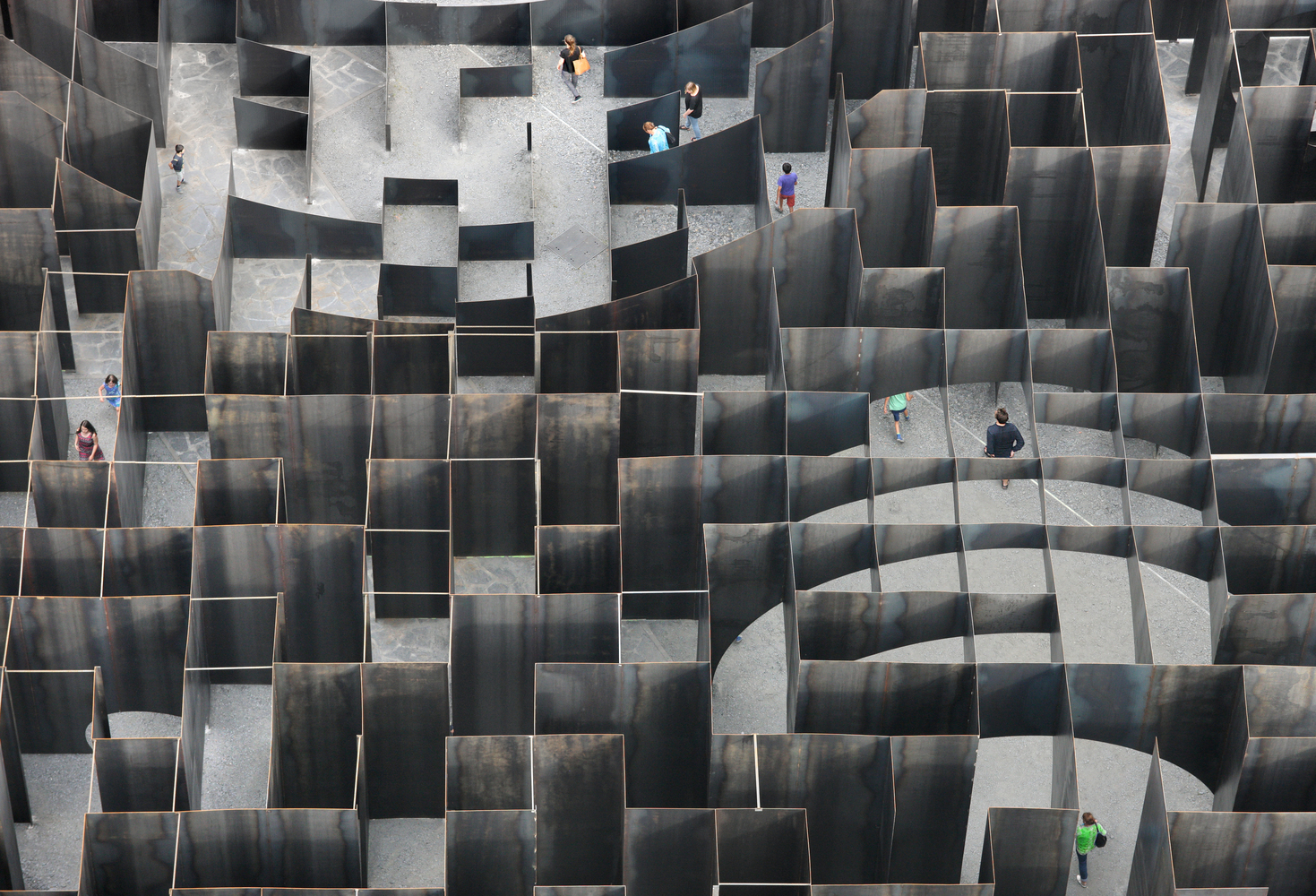
"Today, on the first Monday of October, we celebrate World Architecture Day. This year, the International Union of Architects (UIA) has set the theme " Design for Strength," a powerful call to action that resonates deeply with the UN's focus on urban crisis response. In a world facing unprecedented environmental and social disruptions, this theme challenges us to move beyond temporary fixes. It asks: How can our buildings and cities not only withstand shocks but also foster equity, continuity, and resilience?"
"While the concept of strength in architecture can easily evoke images of reinforced concrete and steel, a more profound interpretation is emerging, one that defines strength not as mere rigidity, but as a holistic capacity to endure and adapt. This includes many facets, from ecological resilience and stewardship to long-lasting concepts of social resilience or the long-lasting conservation of existing urban structures, all contributing to a built environment more able to respond to the multitude of crises faced by cities worldwide."
"To explore this expanded definition, this article delves into three distinct yet interconnected facets of strength in contemporary architecture: the strength of place, exploring how context-specific, environmentally attuned design provides the most effective response to local crises; the strength of legacy, highlighting reuse and conservation as a critical strategy for both cultural continuity and environmental sustainability; and finally, the strength of the collective, focusing on how inclusive, community-centered design builds the social cohesion that underpins all true resilience."
Design for strength redefines architectural strength as adaptability, resilience, and social continuity rather than mere structural hardness. Context-specific strategies prioritize local ecology, heritage, and place-based responses as primary crisis mitigations. Reuse and conservation extend cultural continuity and reduce environmental impact through legacy-oriented interventions. Inclusive, community-centered design fosters social cohesion, equity, and shared capacity to recover from disruptions. Combined, ecological stewardship, long-term conservation, and collective participation create built environments that absorb shocks, maintain essential functions, and support vulnerable populations. Strength emerges from integrated practices that balance material durability, ecological regeneration, and social infrastructure.
Read at ArchDaily
Unable to calculate read time
Collection
[
|
...
]